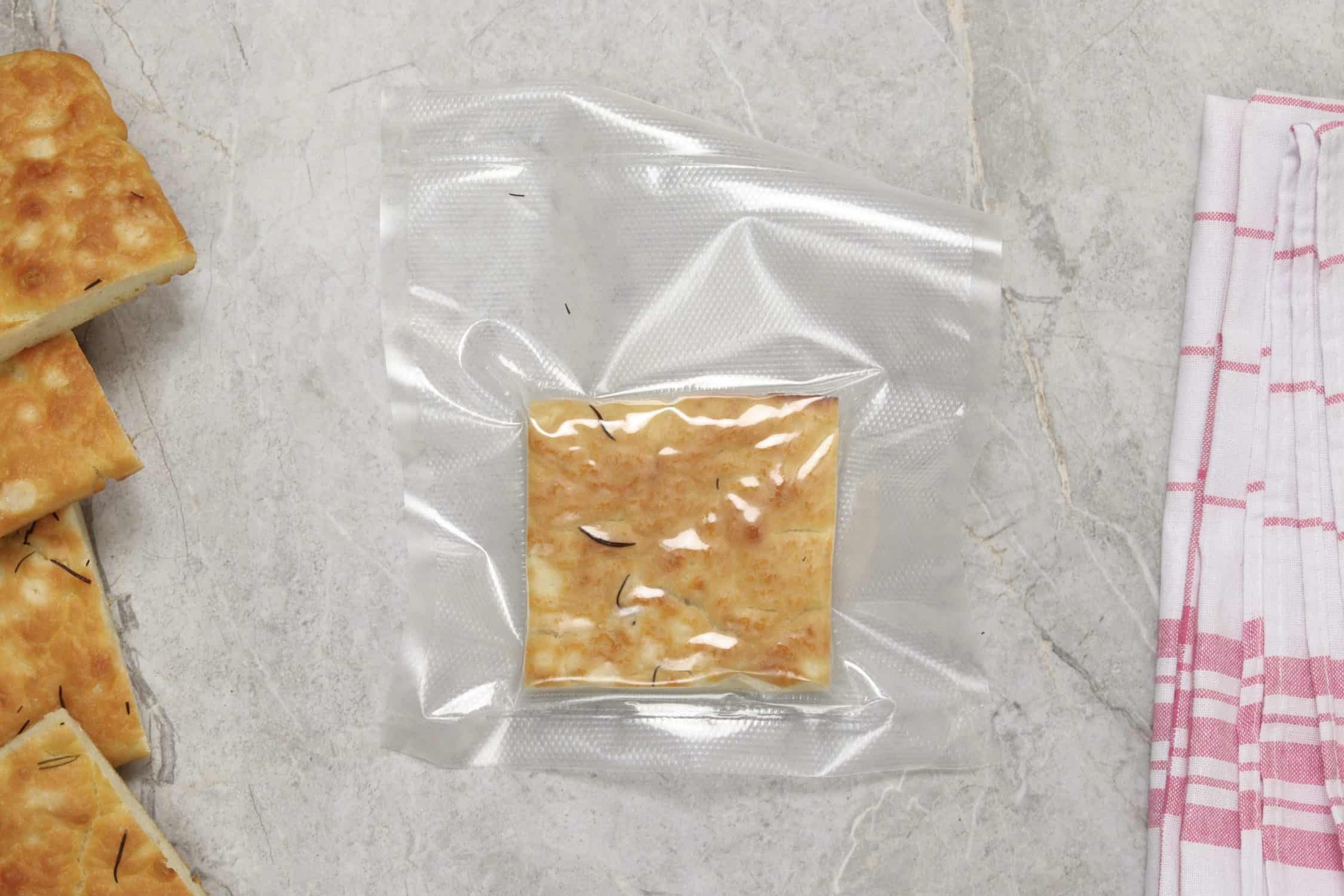

Articles
How To Store Focaccia
Modified: May 6, 2024
Learn the best techniques for storing your homemade focaccia in this step-by-step guide. Discover expert tips and tricks in this comprehensive articles.
(Many of the links in this article redirect to a specific reviewed product. Your purchase of these products through affiliate links helps to generate commission for Storables.com, at no extra cost. Learn more)
Introduction
When it comes to enjoying freshly baked focaccia, nothing beats the incredible taste and aroma of this Italian bread. However, if you find yourself with leftovers or want to plan ahead for future meals, knowing how to properly store focaccia is crucial to maintain its texture, flavor, and overall quality.
Proper storage not only helps to preserve the freshness and deliciousness of your focaccia but also prevents it from becoming dry, stale, or moldy. Whether you have homemade focaccia or store-bought, understanding the best techniques for storing this beloved bread can make a significant difference in how long it stays fresh.
In this article, we will explore the importance of proper storage for focaccia and provide you with practical tips on how to store it to maintain its optimal quality for longer periods. Additionally, we will cover various storage options, including room temperature storage, refrigerator storage, and freezer storage, as well as how to efficiently reheat stored focaccia when you’re ready to enjoy it again.
So, if you’re ready to learn how to extend the lifespan of your delicious focaccia without compromising its taste and texture, let’s dive right in!
Key Takeaways:
- Proper storage of focaccia is crucial to maintain its freshness, texture, and flavor. Whether at room temperature, in the refrigerator, or freezer, following the right storage techniques ensures that every bite remains as delicious as the first.
- Reheating stored focaccia requires gentle warming to restore its warmth and softness without compromising its quality. Whether at room temperature, in the refrigerator, or freezer, proper reheating methods bring back the delightful flavors and textures of freshly baked focaccia.
Read more: How To Store Focaccia With Tomatoes
Why Proper Storage is Important
Proper storage is essential for maintaining the quality and freshness of your focaccia. Focaccia is a moist bread with a delicate crumb and flavorful toppings, and improper storage can lead to undesirable changes in its texture, taste, and overall appeal.
Here are a few reasons why proper storage is important for your focaccia:
- Preserving Freshness: Focaccia is best enjoyed when it’s freshly baked, with its soft interior and crispy exterior. Proper storage helps retain its moisture and prevents it from drying out too quickly, ensuring that each bite is as delicious as the first.
- Preventing Staleness: Focaccia tends to stale relatively quickly compared to other bread varieties. Storing it properly can slow down the staling process, keeping it soft and fresh for longer.
- Avoiding Mold Growth: Focaccia’s moist and oil-rich surface makes it susceptible to mold growth if not stored correctly. By following proper storage techniques, you can minimize the risk of mold developing and protect your focaccia from spoilage.
- Reducing Food Waste: Proper storage allows you to extend the shelf life of your focaccia, reducing the chances of having to throw away uneaten portions. This not only saves money but also helps in reducing food waste, making it a more sustainable option.
By understanding the importance of proper storage, you can ensure that your focaccia stays fresh, flavorful, and enjoyable for as long as possible.
Tips for Storing Focaccia
Proper storage techniques can make a big difference in preserving the freshness and flavor of your focaccia. Here are some essential tips to keep in mind when storing this delicious bread:
- Cool Down Completely: Allow your freshly baked focaccia to cool down completely before storing it. This ensures that condensation doesn’t form inside the storage container, which can make the bread soggy.
- Wrap it Well: Use plastic wrap or aluminum foil to tightly wrap your focaccia. This helps retain moisture and prevents the bread from drying out.
- Store in airtight containers: If you prefer to use containers instead of wrapping, opt for airtight containers to keep your focaccia fresh. Make sure the lids are sealed securely to prevent air from entering.
- Avoid Direct Sunlight: Store your focaccia in a cool and dark place, away from direct sunlight. Sunlight can accelerate the staling process and affect the quality of the bread.
- Don’t Refrigerate Fresh Focaccia: Freshly baked focaccia is best stored at room temperature for a day or two. Refrigeration can make the bread go stale faster and affect its texture.
- Refrigerate for Longer Storage: If you need to store focaccia for more than a couple of days, refrigeration is an option. However, keep in mind that refrigeration can make the bread lose some of its softness and become denser.
- Freeze for Extended Storage: For long-term storage, freezing is a great option. Wrap the focaccia tightly in plastic wrap and place it in a freezer-safe bag or container. Frozen focaccia can last for several weeks without significant loss in quality.
By following these tips, you can ensure that your focaccia stays fresh, moist, and delicious for an extended period, allowing you to enjoy it whenever you’re in the mood for a tasty snack or meal.
Option 1: Room Temperature Storage
Storing focaccia at room temperature is ideal when you plan to consume it within a day or two. This method helps maintain the texture and flavor of the bread, keeping it soft, moist, and delicious.
Here’s how to store focaccia at room temperature:
- Cool the Bread: Allow the freshly baked focaccia to cool down completely on a wire rack. This step is crucial to prevent condensation from forming inside the storage container.
- Wrap it Tightly: Once cooled, tightly wrap the focaccia in plastic wrap or aluminum foil. Make sure to cover the entire bread, sealing it well to retain moisture.
- Store in a Bread Box: If you have a bread box, it’s an excellent option for storing focaccia at room temperature. Place the wrapped bread inside the box and close the lid. The bread box helps to regulate humidity and keeps the focaccia fresh.
- Store in a Cool, Dark Place: If you don’t have a bread box, you can store the wrapped focaccia in a cool and dark pantry or cabinet. Avoid placing it near sources of heat or direct sunlight.
When stored properly at room temperature, focaccia can stay fresh for up to 2 days. It’s important to note that room temperature storage is suitable for short-term storage only. If you need to store your focaccia for a longer duration, consider refrigeration or freezing.
Now that you know how to store focaccia at room temperature, you can enjoy it at its best whenever you’re ready to indulge in its delectable flavors.
After baking, cool the focaccia completely at room temperature. Once cooled, wrap it tightly in plastic wrap or aluminum foil and store at room temperature for up to 2 days. For longer storage, freeze the wrapped focaccia for up to 3 months.
Option 2: Refrigerator Storage
If you have leftover focaccia or need to store it for a longer period, refrigeration can help extend its shelf life. However, keep in mind that refrigeration can affect the texture of the bread, making it slightly denser. It’s best to consume refrigerated focaccia within 3 to 4 days for the best taste and quality.
Follow these steps to store focaccia in the refrigerator:
- Cool the Focaccia: Allow the freshly baked focaccia to cool down completely on a wire rack before moving it to the refrigerator.
- Wrap it Properly: Tightly wrap the cooled focaccia in plastic wrap or aluminum foil. Ensure that the bread is completely covered to prevent it from drying out.
- Store in an Airtight Container: If you prefer, you can place the wrapped focaccia in an airtight container instead of using plastic wrap. Make sure the container is sealed tightly to keep the bread fresh.
- Place in the Refrigerator: Put the wrapped or containerized focaccia in the refrigerator. Position it away from strong-smelling foods to avoid any flavor transfer.
When you’re ready to enjoy the refrigerated focaccia, remove it from the refrigerator and let it come to room temperature. You can briefly warm it in the oven or toaster to regain some of its original texture and flavor.
Refrigeration is an ideal option when you need to store focaccia for a few additional days. Just remember that the texture may be slightly different from freshly baked focaccia. Nevertheless, with proper storage, your refrigerated focaccia will still be a delectable treat to savor!
Read more: How To Store Homemade Focaccia Bread
Option 3: Freezer Storage
If you want to store focaccia for an extended period, freezing is the best option. Freezing helps preserve the texture and flavor of the bread, allowing you to enjoy it even weeks later. Properly stored frozen focaccia can remain good for up to 3 months.
Here’s how to freeze and store focaccia:
- Cool and Slice: Allow the freshly baked focaccia to cool completely on a wire rack. Once cooled, slice it into individual servings or desired portion sizes. This will make it easier to defrost and reheat later.
- Wrap Tightly: Individually wrap each slice or portion of focaccia tightly in plastic wrap. Ensure that the entire bread is covered to prevent any exposure to frost or air.
- Double Wrap for Protection: For added protection against freezer burn, place the wrapped focaccia slices or portions in a freezer-safe bag or container. Squeeze out any excess air before sealing it.
- Label and Date: Write the date of freezing on the bag or container, so you can keep track of the storage time. Additionally, label it as “focaccia” to easily identify it in the freezer.
- Freeze: Place the wrapped and sealed focaccia in the freezer, ensuring it is stored in a flat position to prevent any deformation or crushing.
When you’re ready to enjoy the frozen focaccia, follow these thawing and reheating steps:
- Thaw: Remove the desired number of focaccia slices or portions from the freezer and let them thaw in the refrigerator overnight. This gradual thawing helps retain the moisture and texture of the bread.
- Reheat: Once thawed, you can warm the focaccia slices in the oven at a low temperature (around 325°F/163°C) for a few minutes or until heated through. Alternatively, you can use a toaster or toaster oven for a quick reheat.
By properly freezing and storing your focaccia, you can enjoy its delicious flavors and textures whenever you’re craving it, even if it’s weeks after baking!
How to Reheat Stored Focaccia
Whether you have stored your focaccia at room temperature, in the refrigerator, or in the freezer, reheating it properly is key to restoring its warmth, texture, and deliciousness. Different storage methods require slightly different reheating techniques, so let’s explore the best methods for reheating stored focaccia:
- Room Temperature Reheating: If you stored your focaccia at room temperature, there’s no need to reheat it. The bread should still be soft and ready to enjoy as is. However, if you prefer it warm, you can gently warm it in the oven at a low temperature for a few minutes or use a toaster to lightly toast it.
- Refrigerator Reheating: To reheat refrigerated focaccia, start by removing it from the refrigerator and letting it come to room temperature. Once it has reached room temperature, you can warm it in the oven at a low temperature (around 325°F/163°C) for a few minutes until it is heated through. Alternatively, you can use a toaster or toaster oven to lightly toast the slices.
- Freezer Reheating: When reheating frozen focaccia, the key is to thaw it first. Remove the desired number of focaccia slices from the freezer and let them thaw in the refrigerator overnight. Once thawed, you can follow the same reheating methods as refrigerated focaccia, warming them in the oven or using a toaster. Ensure they are heated through before enjoying.
Keep in mind that reheating may slightly change the texture of the focaccia, particularly if it has been refrigerated or frozen. However, with proper reheating, you can still enjoy the flavors and aromas of freshly baked focaccia.
Remember to monitor the reheating process closely to prevent the bread from drying out or becoming overly crispy. Aim for a gentle warming that brings back the warmth and softness of the bread without compromising its quality.
With these reheating techniques, you can enjoy your stored focaccia as if it had just been baked, savoring every bite of its delightful flavors and textures.
Conclusion
Focaccia is a delightful Italian bread that deserves to be enjoyed at its best, whether freshly baked or stored for later consumption. By understanding the importance of proper storage and following the right techniques, you can extend the lifespan of your focaccia without sacrificing its flavor or texture.
Whether you choose room temperature storage, refrigerator storage, or freezer storage, each method has its advantages depending on how long you need to store the bread. Room temperature storage is suitable for short-term storage of up to two days, while refrigeration can keep your focaccia fresh for a few more days. Freezing is the best option for long-term storage, allowing you to enjoy your focaccia weeks later.
Remember to wrap your focaccia tightly to retain moisture and protect it from drying out or absorbing unwanted odors. If using containers, make sure they are airtight to maintain freshness. Proper labeling and dating will help you keep track of your stored focaccia in the freezer.
When reheating stored focaccia, consider the storage method you used. Room temperature focaccia can be enjoyed as is or lightly warmed, while refrigerated and frozen focaccia should be thawed and then gently reheated in the oven or toaster. By following these reheating methods, you can recreate the warmth and deliciousness of freshly baked focaccia.
Whether you’re storing leftover focaccia or preparing ahead of time, mastering the art of storing and reheating focaccia ensures that each slice remains a delectable treat. Proper storage not only preserves the freshness and taste of your focaccia but also helps reduce food waste and allows you to enjoy this beloved bread for longer.
Now armed with the knowledge of proper storage techniques, you can confidently savor every bite of your store-bought or homemade focaccia, knowing that it will be just as delicious as when it first came out of the oven. So go ahead, bake some focaccia, store it like a pro, and enjoy the flavors of Italy for days to come!
Now that you've mastered storing focaccia, wouldn't you love to keep all your baked goods just as fresh? Check out our guide on selecting a bread box that ensures loaves stay delightful and tasty much longer. Not only will you find practical advice, but also some stylish options that can brighten up any kitchen counter. So, why wait? Freshen up your bread storage today and see the difference a good bread box can make!
Frequently Asked Questions about How To Store Focaccia
Was this page helpful?
At Storables.com, we guarantee accurate and reliable information. Our content, validated by Expert Board Contributors, is crafted following stringent Editorial Policies. We're committed to providing you with well-researched, expert-backed insights for all your informational needs.



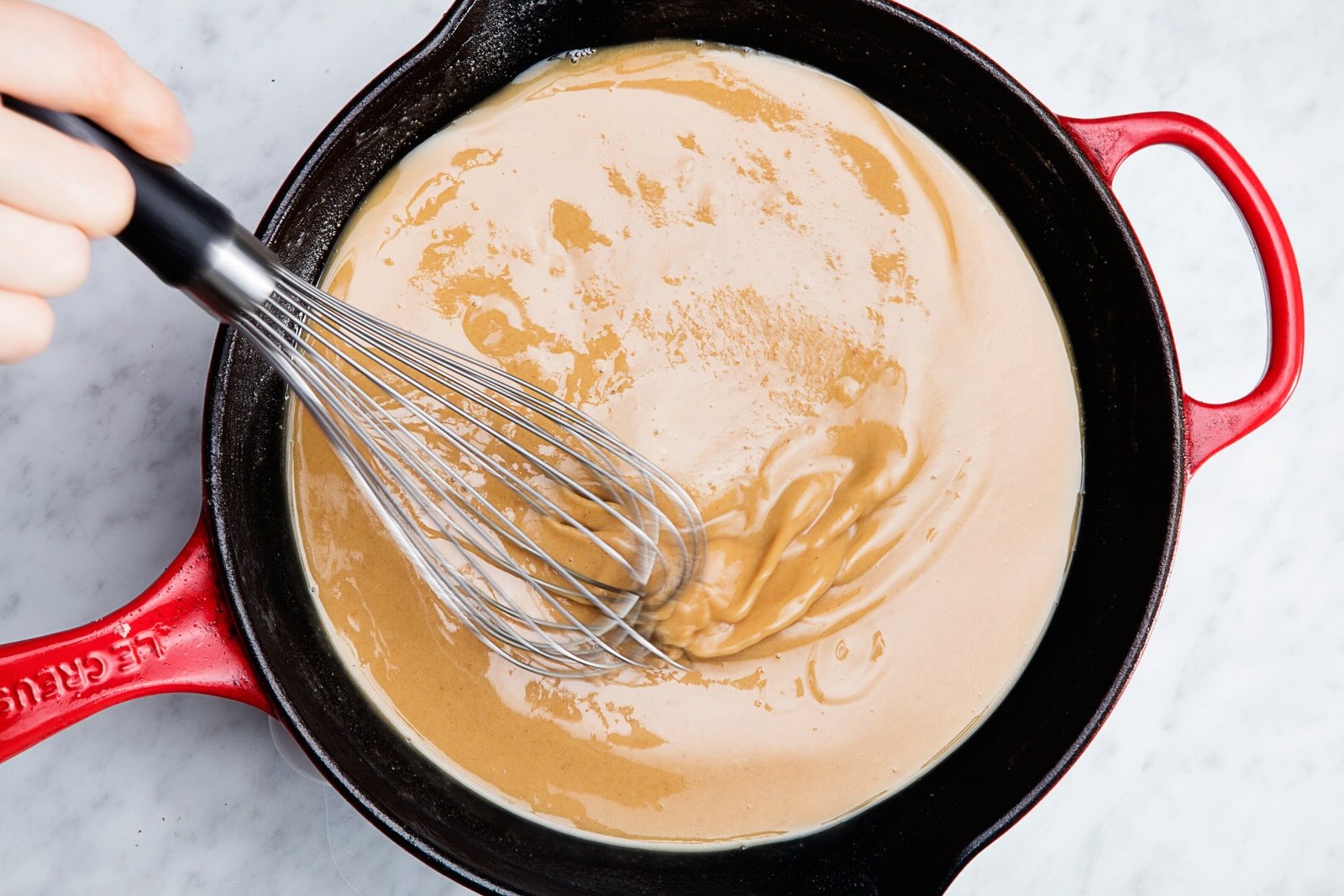
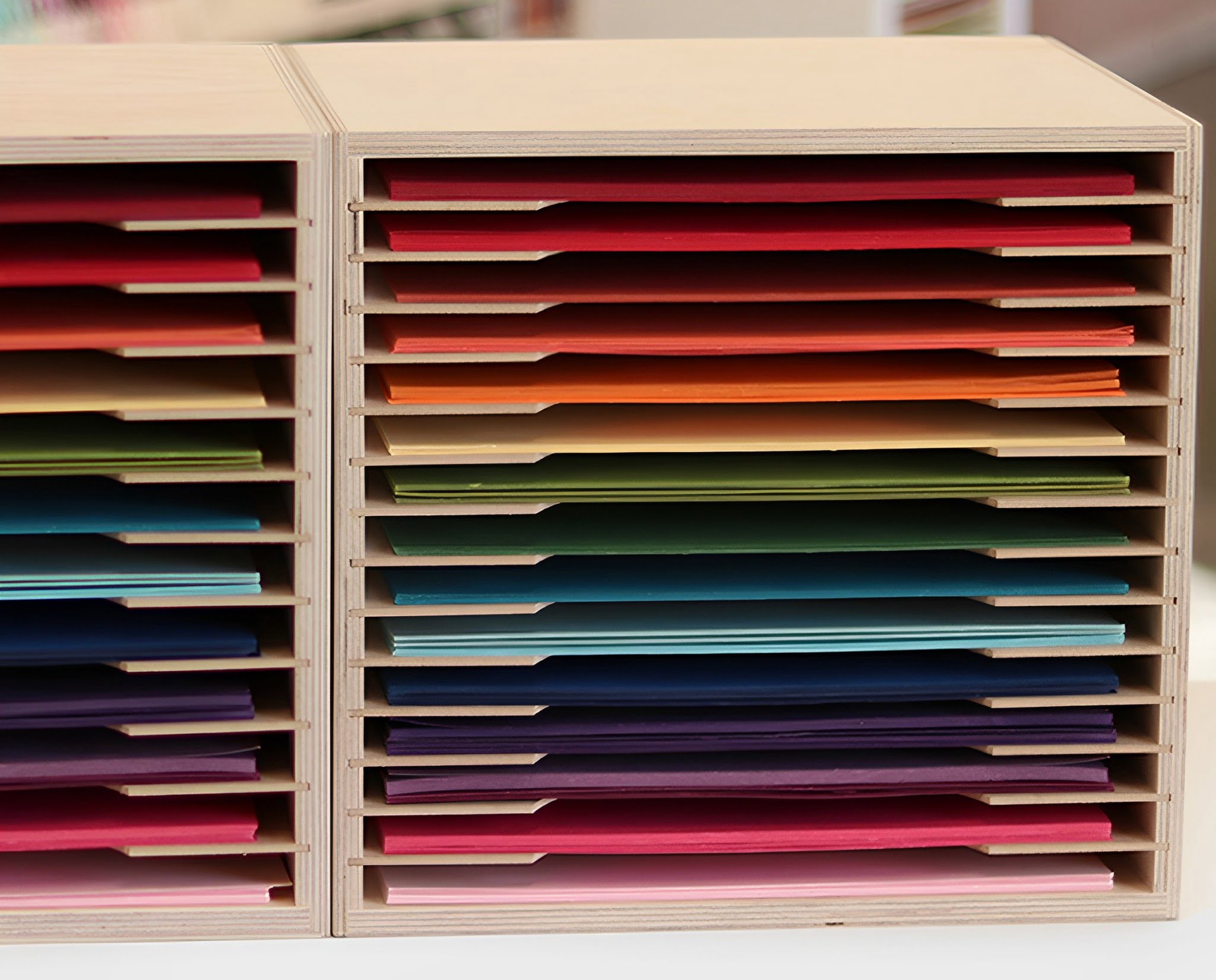






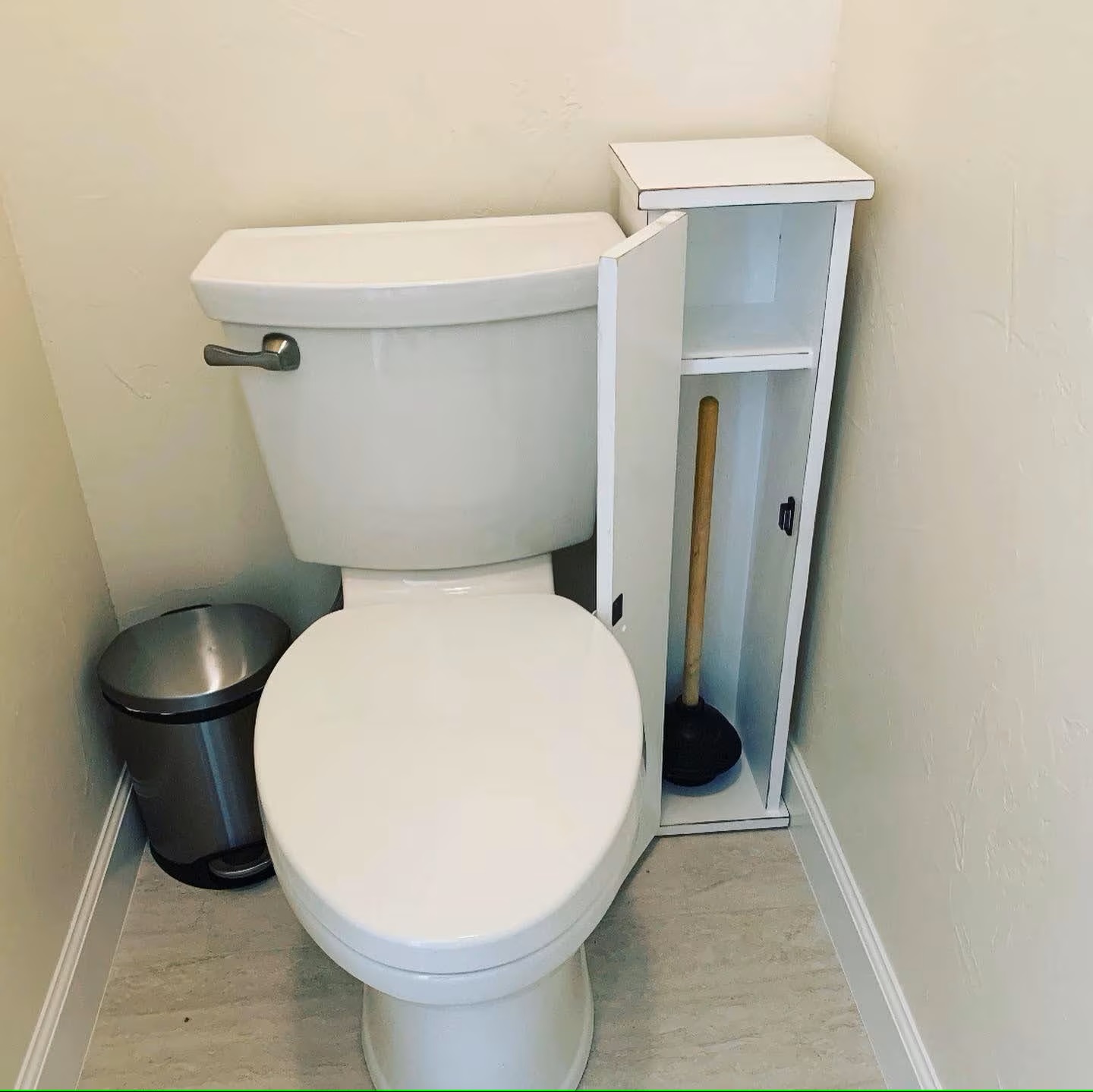
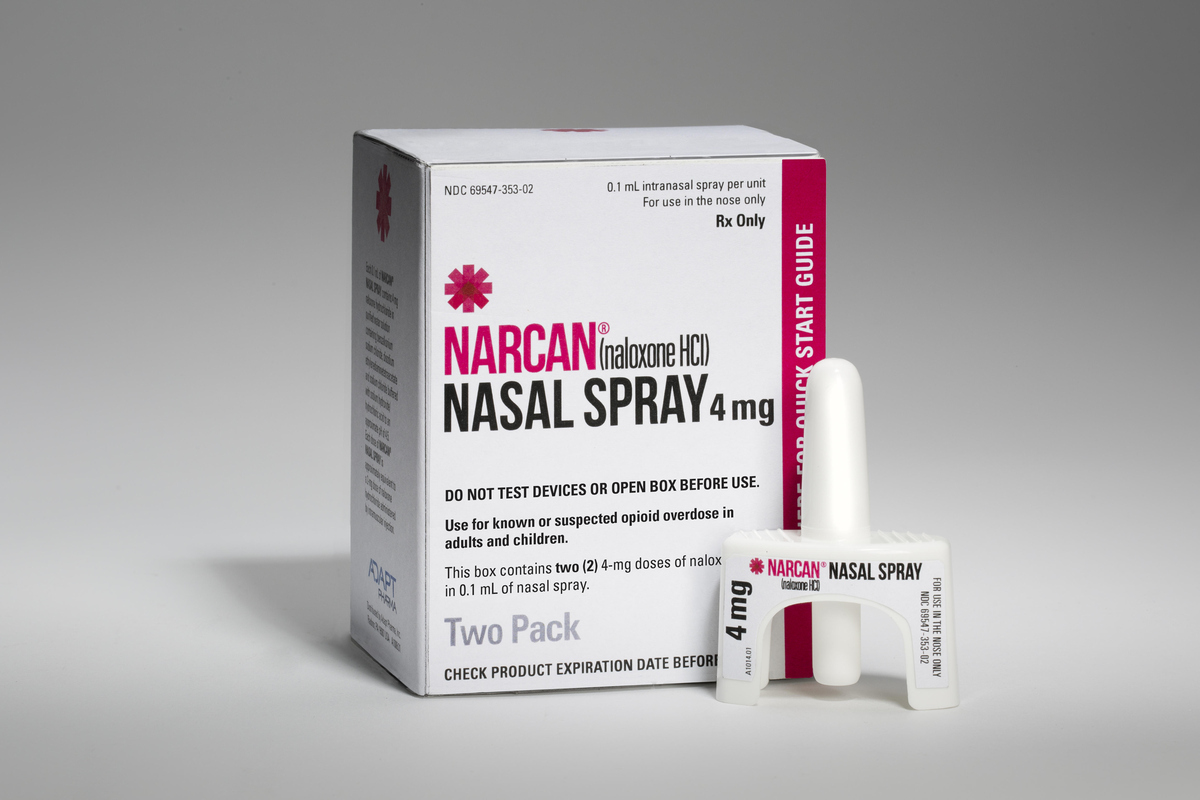


0 thoughts on “How To Store Focaccia”